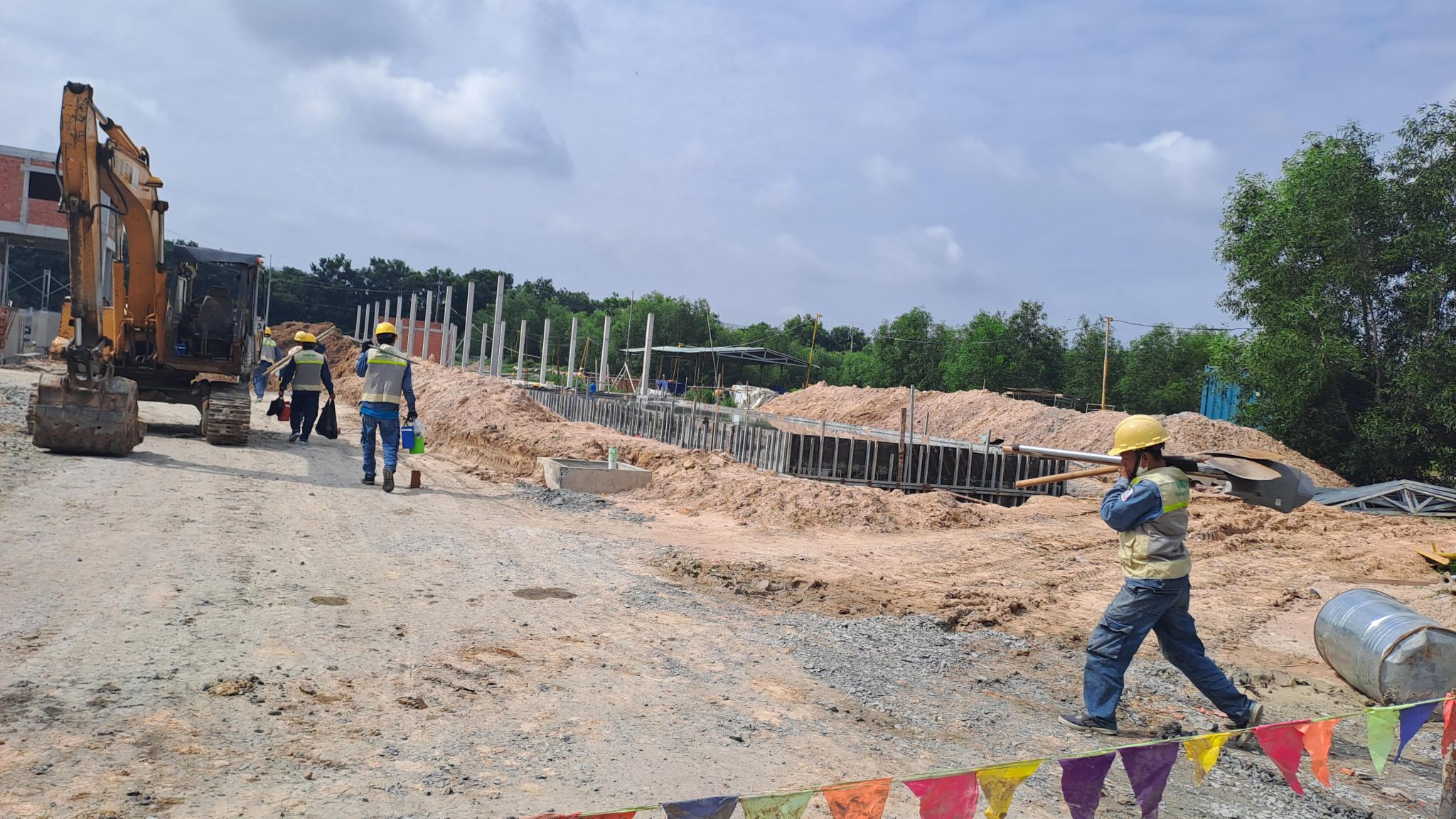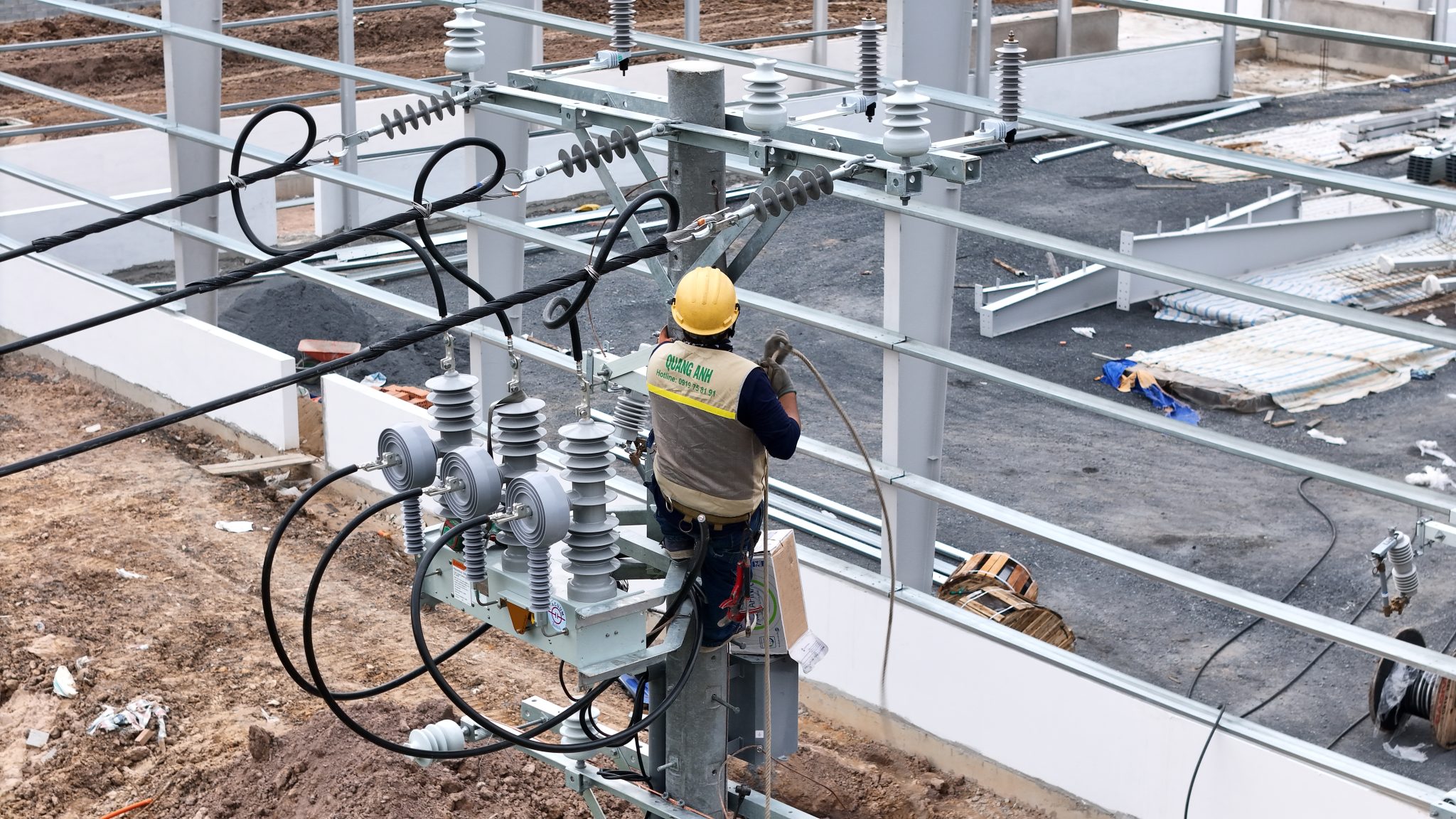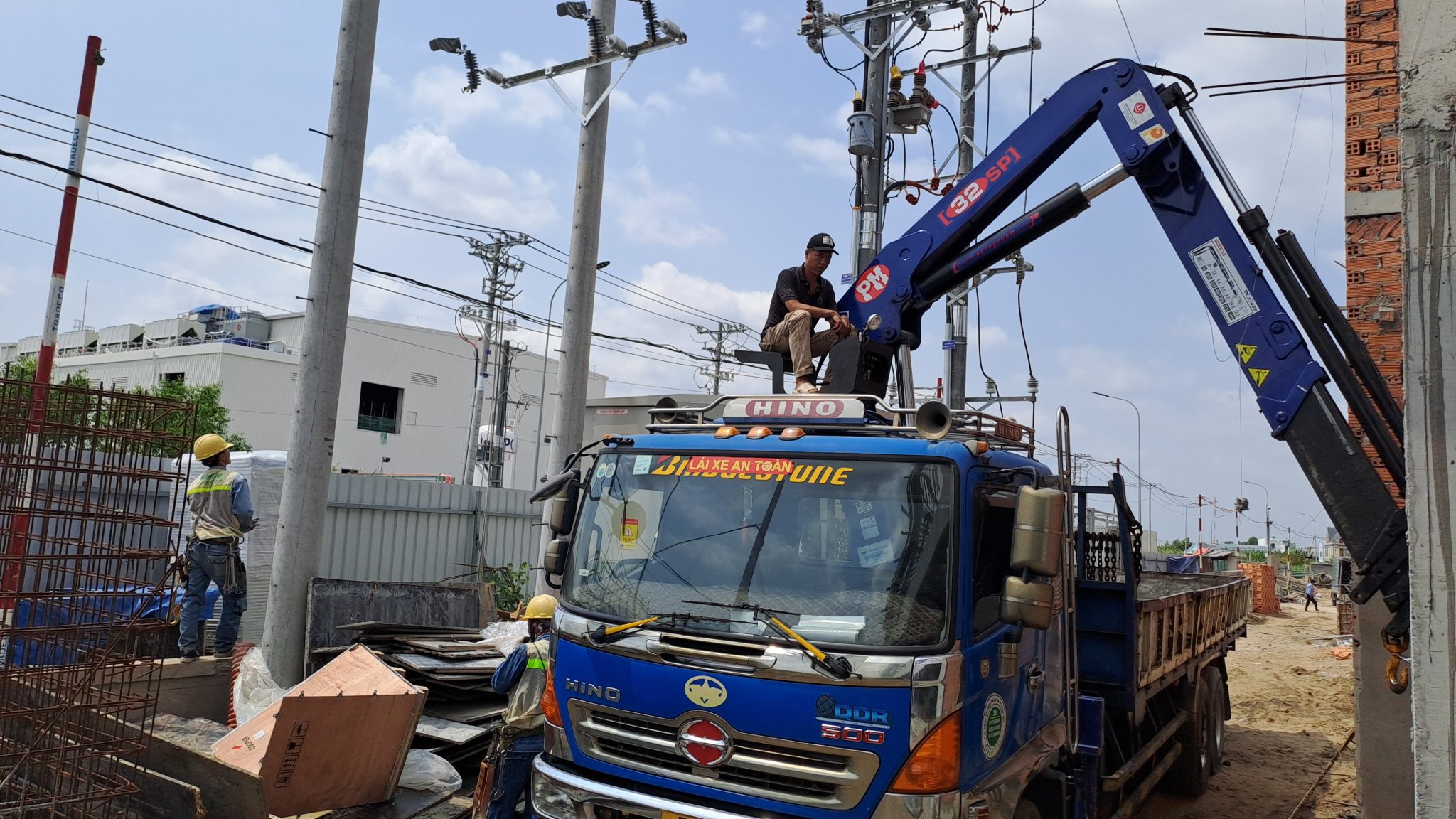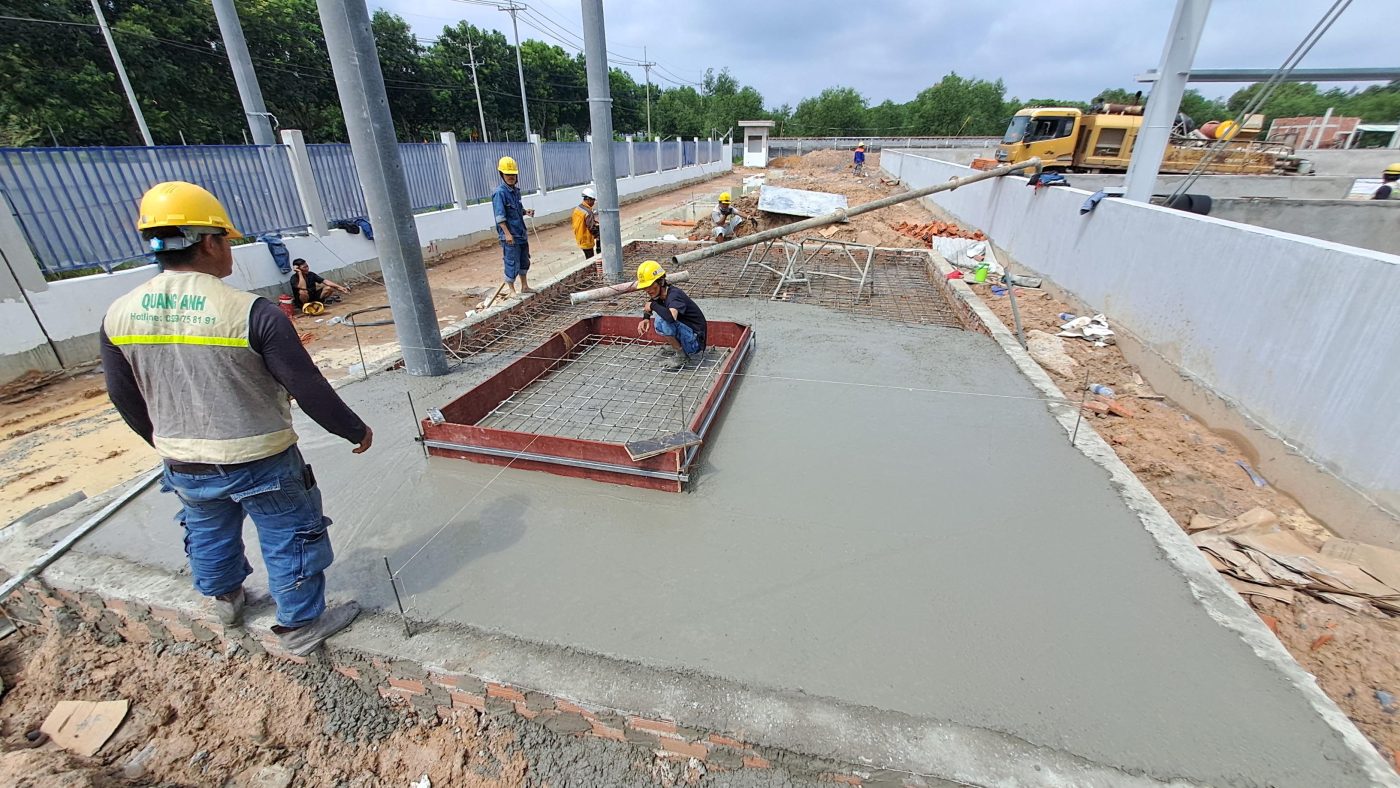An unbiased overview of transformer station pricing based on technical standards and industry norms, excluding competitor data as requested.
Common Power Classifications of Transformer Stations
Transformer stations are categorized by power capacity and input/output voltage, from small single-phase units (75kVA-100kVA) to three-phase stations with low (15-100kVA), medium (160-320kVA), and high ranges (400-800kVA+). Each type serves different application needs.
In the power sector, transformer station capacity is determined based on specific usage and applications, crucial for businesses and system engineers to choose optimal solutions.
Common transformer station capacities include:
- 50 kVA: Ideal for households or small businesses, suited for low electricity demand.
- 75 kVA – 100 kVA: Suitable for medium-sized projects and small buildings, particularly single-phase stations.
- 160 kVA: Meets higher energy needs, common in medium-scale manufacturing facilities.
- 250 kVA – 400 kVA: Used in industrial applications and larger buildings, key power phases in the industry.
- 500 kVA – 630 kVA: For larger projects requiring significant electrical equipment usage.
- 750 kVA – 800 kVA: Chosen for areas with a high concentration of electrical devices.
- 1000 kVA – 1500 kVA: For extensive areas with high power demands, often seen in large industrial zones with high-voltage stations.
- 1800 kVA – 2500 kVA: Large industrial projects need substantial capacity for smooth operations.
Classification also leans on voltage levels:
- Ultra-high voltage (above 500 kV): Essential for national grid transformer stations.
- High voltage: Ranging from 66 kV, 110 kV, to 220 kV and 500 kV, used in urban and industrial setups.
- Medium voltage (6 kV, 10 kV, 15 kV, 22 kV, 35 kV): Widely used in production facilities and office buildings.
- Low voltage (below 6 kV): Typically 0.4 kV and 0.2 kV, suitable for residential and small commercial uses.
Selecting the appropriate transformer station capacity and voltage classification ensures efficiency and plays a critical role in electrical safety, highly pertinent for technical directors and business leaders making strategic investment and system management decisions.

Market Price Trends of Transformer Stations
Prices for transformer stations rise with power capacity and distance from the medium voltage source. Pricing also depends on basic cost structure and increases with complex installations or when exceeding standard connection lengths.
As technology advances, transformer station prices are influenced not only by traditional factors but also by station capacity, electrical equipment types, and automation levels.
Factors Impacting Transformer Station Pricing
- Power capacity: A key determinant of transformer station cost is its output power, with a 250KVA station potentially valued at up to 384 million VND.
- Electrical equipment type: While selecting suitable electrical equipment, the integration of automation features in modern transformer stations greatly enhances efficiency and minimizes energy loss.
- Switchgear and protection devices: Quality switchgear and protection selection ensures stable performance, directly impacting the overall station cost.
Future of the Transformer Station Market
Going forward, the transformer station market will increasingly focus on boosting automation and efficiency. Advancements in solutions for 500kV stations aim to optimize performance and ensure system safety, with growing demand for smart energy systems and efficient transmission management driving substantial market growth.
Energy Sector Developments
Significantly, 2025 marks a pivotal growth phase for the energy industry with rising demand for large-capacity battery charging for transportation. Although the impact on transformer station pricing in this context is not yet clear, proactive maintenance and performance enhancement during dry seasons highlight the importance of maintaining stable electricity supply.
Energy Market Forecast
Forecasts indicate global energy demand will nearly double by 2050, presenting a significant growth opportunity for the transformer station market, where focus on station maintenance and power efficiency optimization becomes crucial to meeting escalating energy consumption.

Factors Influencing Transformer Station Pricing
Transformers pricing is impacted by station type—such as gantry, steel pole, or kiosk integrated stations—alongside nominal voltage and component origin, leading to significant price discrepancies.
Evaluating transformer station costs requires considering factors such as station power capacity, design type, component origin and quality, installation location, and station material costs.
-
Transformer station power capacity
Station capacity is a primary pricing factor. Larger stations require more equipment and materials, increasing costs. For instance, a 100kVA station will be cheaper than one at 630kVA. -
Station design type
Design types, including steel pole, gantry, and kiosk stations, significantly impact costs. Each design has unique features and benefits, with kiosks typically being more expensive due to flexibility and superior protection. -
Component quality and origin
Component quality and origin are essential. Brand and origin of devices like transformers can result in varied pricing. Reputable brands like Thibidi, Sanaky, or Shihlin usually cost more due to quality and reputation. -
Installation location
Station installation site affects costs via distance from the medium voltage line. Remote sites necessitate additional cables and equipment, raising prices. -
Station material costs
Material costs, such as cables, capacitors, and RMU cabinets, can fluctuate, influencing overall station construction costs.
Overall, these factors create significant pricing disparities for transformer stations based on specific scenarios.

Transformer stations play a vital role in energy and industrial projects, optimizing investment and operational costs. Understanding pricing factors aids investors in making more informed decisions.
For detailed consultations and customized transformer station quotes tailored to your business needs, contact QuangAnhcons at +84 9 1975 8191.
QuangAnhcons offers expert consultancy and installation services for transformer stations, including solutions tailored to customer needs, enhancing utility and cost efficiency.


Related Posts
Investment Costs for a 1MWp Solar Power System and Influencing Factors
Explore the investment costs for a 1MWp solar power system in Vietnam and the influencing [...]
Sep
QuangAnhcons: Elevating Wind Energy Solutions
Explore QuangAnhcons' leadership in wind energy and renewable solutions in Vietnam. [...]
Sep
Electrical Contractor Strategies at Becamex Industrial Park
Discover the strategic advancements and partnerships of the electrical contractor at Becamex Industrial Park. [...]
Sep
Investment Insights for 1MW Wind Energy in Vietnam: Costs and Opportunities
Discover the detailed analysis of costs and opportunities for investing in 1MW wind energy projects [...]
Sep
Advanced Electrical Installation Solutions by QuangAnhcons
Explore advanced electrical installation solutions and modern technology with QuangAnhcons. [...]
Sep
Enhancing Industrial Electrical Services with Quanganhcons
Discover Quanganhcons' expertise in industrial electrical services, offering efficient and sustainable power systems. [...]
Sep
Comprehensive MEP Solutions by QuangAnhcons: From Design to Maintenance Excellence
Discover optimal MEP solutions with QuangAnhcons, dedicated to excellence from design through maintenance. [...]
Sep
Comprehensive Electromechanical Contracting Solutions by QuangAnhcons
Explore QuangAnhcons' comprehensive services for efficient and safe energy system solutions. [...]
Sep
QuangAnhcons: Empowering Industrial Energy Solutions
Discover how QuangAnhcons delivers optimal industrial EPC solutions. [...]
Sep
Effective Industrial Construction Management and Execution
Optimize your industrial projects from design to execution with our contractor services. [...]
Sep
QuangAnhcons: Pioneers in M&E and Renewable Energy Solutions
Discover QuangAnhcons' innovative M&E services and renewable energy solutions. [...]
Sep
QuangAnhcons: Expertise and Outstanding Services in the Electrical Sector
Discover the unmatched expertise and services of QuangAnhcons, setting superior standards in the electrical contracting [...]
Sep
QuangAnhcons: Innovation and Precision in Industrial Electrical Contracting
Discover QuangAnhcons, a top contractor offering superior electro-mechanical solutions. [...]
Aug
Expert Solutions for 2x2500kVA Substation Projects with QuangAnhCons
Explore QuangAnhCons, a forefront entity in designing and constructing large industrial substations. [...]
Aug
QuangAnhcons: Comprehensive MEP and Electrical Solutions for Industry
Explore QuangAnhcons' MEP solutions, a leader in electrical systems and substations. [...]
Aug
QuangAnhcons: Premier Electrical Contractor Solutions & Services
Discover QuangAnhcons' electrical contracting services, from complete system installations to underground network solutions. [...]
Aug
QuangAnhcons: Premier MEP Provider for Integrated Electrical Solutions
Discover comprehensive MEP and renewable energy solutions with QuangAnhcons. [...]
Aug
Advanced and Effective Solutions by QuangAnhcons for 5000kVA Substation Contractors
Discover the 5000kVA substation solutions from QuangAnhcons, ensuring high performance and safety. [...]
Aug
Explore QuangAnhcons: Innovating Electrical Contracting with Cutting-Edge Technology
Explore QuangAnhcons, a top electrical contractor with superb execution and advanced technology offerings. [...]
Aug
Trusted MEP Contractor QuangAnhcons: Excellence in Construction Quality and Commitment
QuangAnhcons excels in MEP construction, ensuring top-notch quality and safety. [...]
Aug